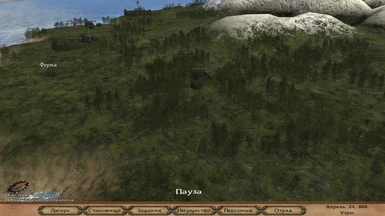

The PSX gave an unregulated ±40V supply with a regulated ☑8V intended to run a Mission PCM II CD unit. A steel case would have helped with screening and presentation, although nickel or silver loaded paint can be applied to the lid's interior.

Both models offered damping factors (20Hz to 20kHz) of 100. Heat-sinking was limited (acknowledged in the instruction manual) with a distinct lack of radiator fins, a commercial constraint perhaps, an issue then addressed in the '2' (although '2' PA layouts and heat-sinks have been seen in otherwise series '1' models), with larger output transistors, a revised RIAA preamp and an add-on power supply for higher power outputs (50W/8R and 80W/4R, 4AF fuses fitted, with PSX added 70W/8R and 125W/4R). Unfortunately, the enclosure left much to be desired, the plastic top half of which was considered flimsy.

The reader should find a solution within these limits that will necessarily be limited by the space available within the enclosure. The maximum output level is quoted as 17Vrms (24Vpk or 48Vpk-pk). Continuous average power into 4R is given as 40W (17.5V, 4.5A, pk), suggesting a max supply of ☒8V and a 16-0-16V 200VA transformer.
#Viking conquest serial key version 2.036 manual
The technical data given in the instruction manual for the Cyrus 1 gives a minimum speaker impedance of 8R (3.15AF fuses fitted supplying both PAs, suggesting a safe load of 2.5A) and a continuous average power into 8R of 25W (20V, 2.5A, pk), suggesting a max supply of ☓0V, and a 17-0-17V 125VA transformer. With a line rise of 10%, off-load rail voltages will be of the order of ±40V which must be below the operating voltages of the output devices (BUV28 Vceo=200V). Toroids of this size are usually specified with a regulation of 10%. One circuit diagram gives a spec of 22V3-0-22V3 100VA (3% reg). Requests for power supply data are sometimes received, burnt-out transformers being the commonest complaint, apart from output transistor failure.


 0 kommentar(er)
0 kommentar(er)
